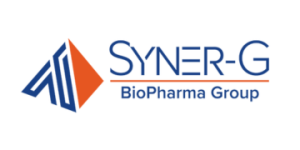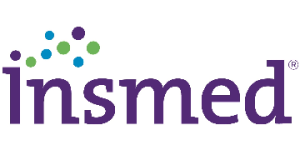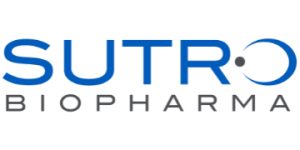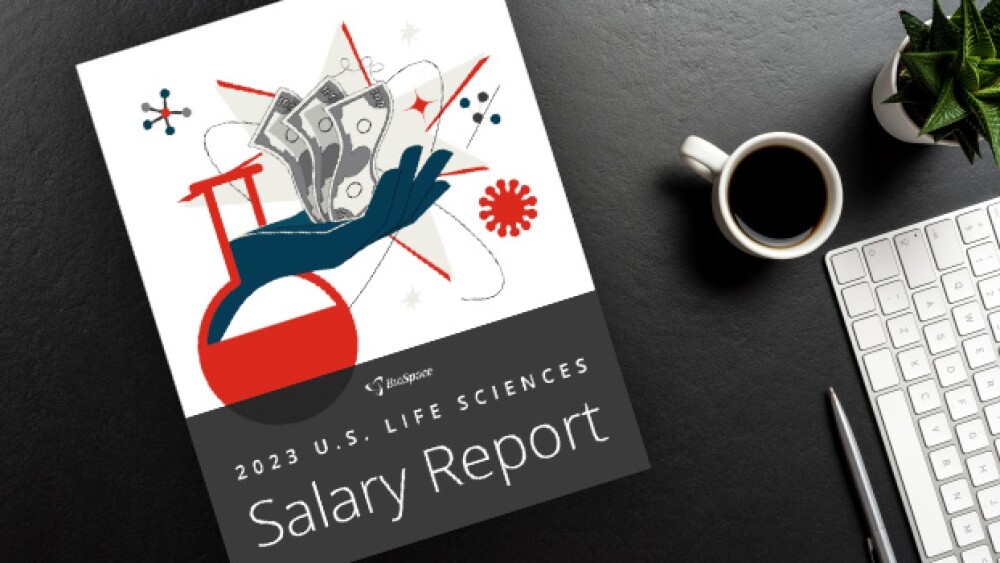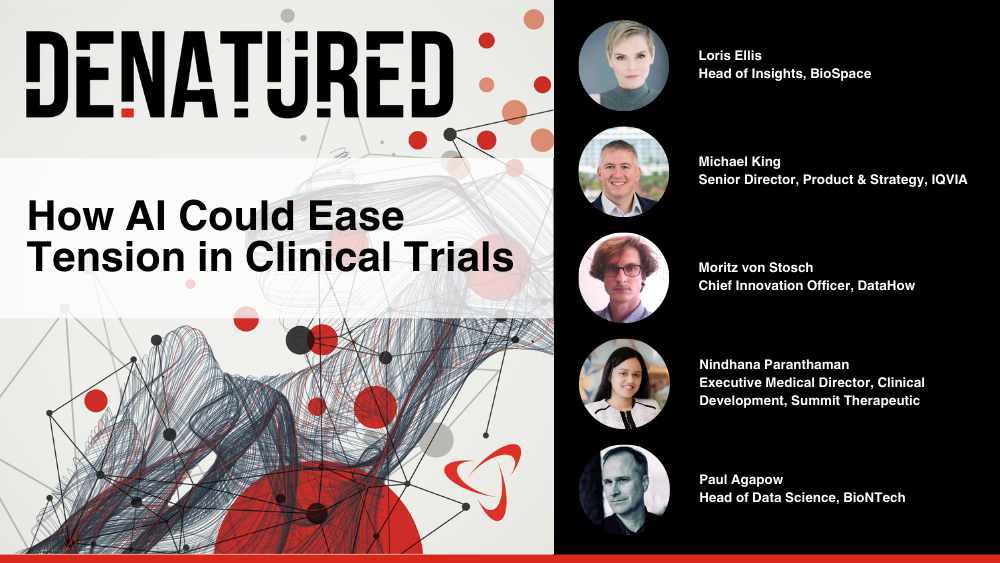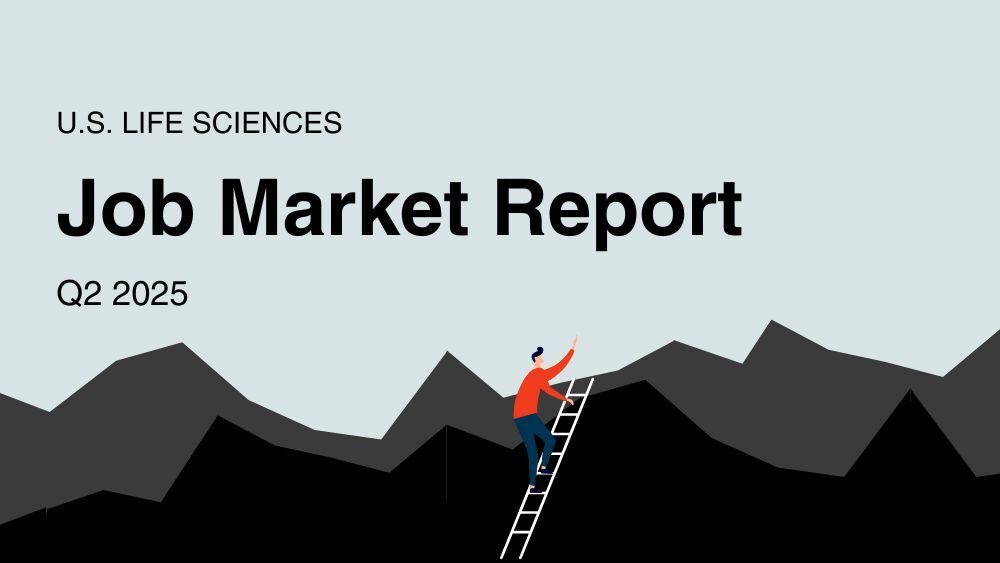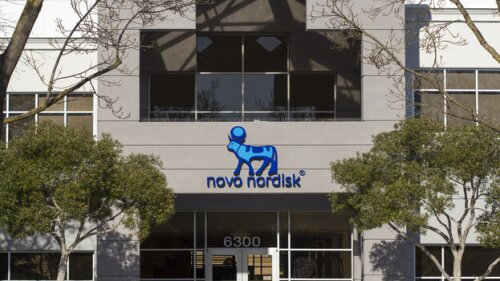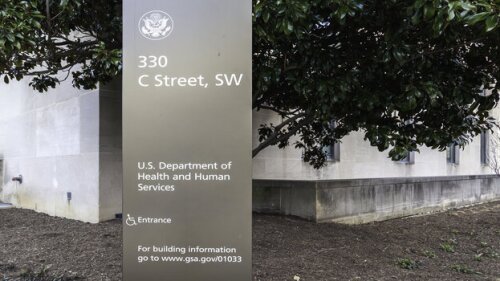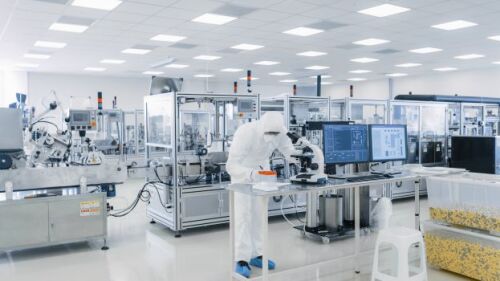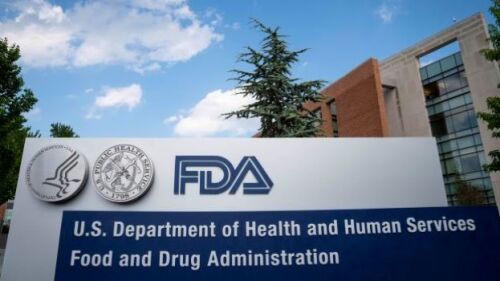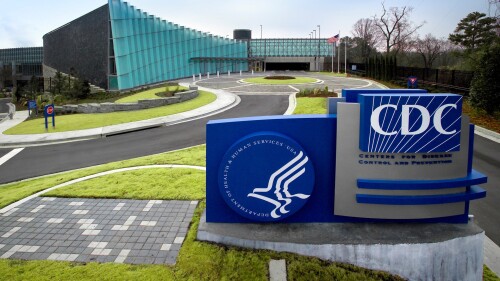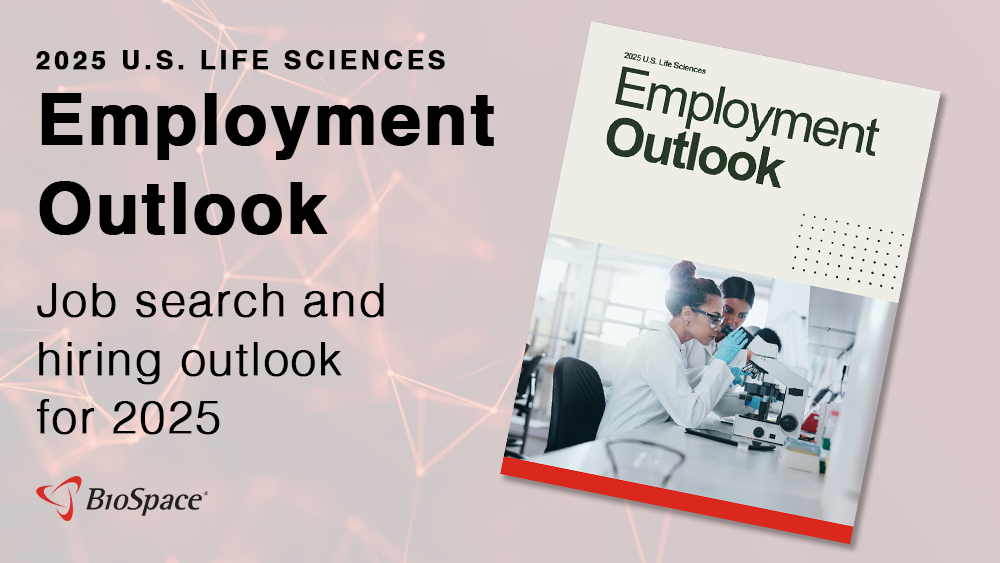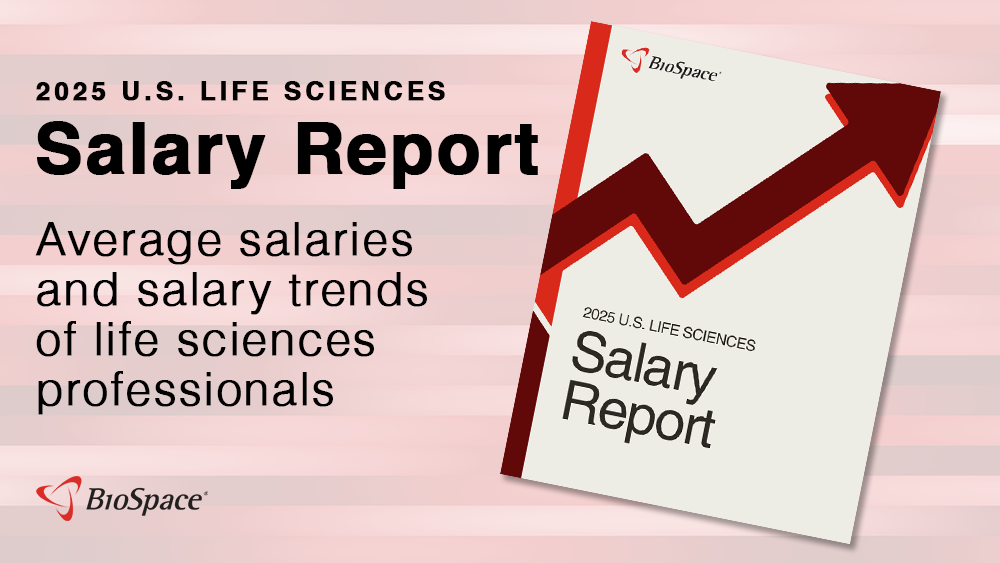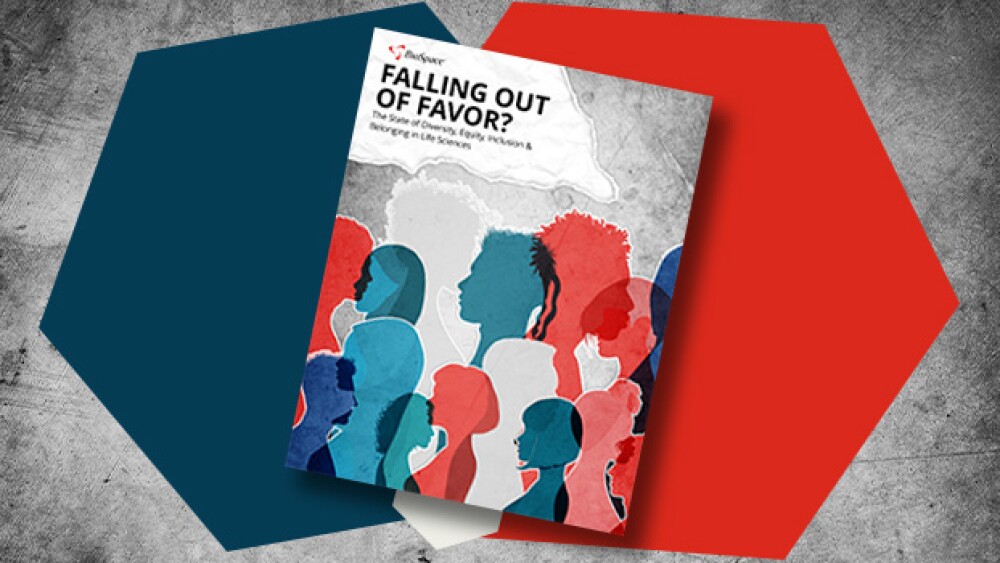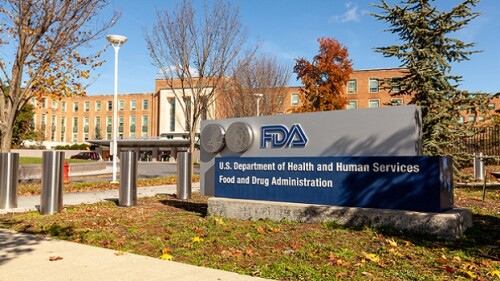The stop order came on Aug. 5, the same day Health Secretary Robert F. Kennedy Jr. terminated 22 mRNA vaccine projects under the Biomedical Advanced Research and Development Authority, though Vaxart’s candidate is protein-based.
The Annals of Internal Medicine ran a large-scale study in July, pointing to the lack of an association between childhood aluminum exposure through vaccination and chronic conditions. The Health Secretary, in an opinion piece earlier this month, called the paper a “ballyhooed study.”
Phase Ib data show Hernexeos can elicit a confirmed objective response rate of 44% in patients with HER2-mutated NSCLC who had previously been treated with a directed antibody-drug conjugate.
Gray Delany’s ouster comes days after Health Secretary Robert F. Kennedy Jr. controversially axed 22 mRNA vaccine contracts under the Biomedical Advanced Research and Development Authority.
Skysona can now only be used in patients with cerebral adrenoleukodystrophy who have no available treatment alternatives or stem cell donors.
After exiting the FDA less than two weeks ago for unclear reasons, Vinay Prasad is once again director of the Center for Biologics Evaluation and Research, HHS confirmed to several outlets Saturday.
FEATURED STORIES
Researchers in pharma and beyond have historically glommed onto a limited number of disease targets, limiting innovation. AI could change that.
While it’s not unusual for certain positions to turn over with a new administration, the number of senior-level FDA staffers who have recently left the agency is unprecedented. The lack of communication, transparency and human decency is as well.
Bo Wang is a renowned AI scientist at the University of Toronto. He’s bringing his open-source culture and computational biology to Xaira Therapeutics in June.
With the recently announced layoffs of 3,500 FDA staffers and exits of branch directors Patrizia Cavazzoni and Peter Marks, there could be a wealth of talent available to biopharma companies. Does this pose an ethical quandary? It depends on who you ask.
While Novartis and Bayer got there first, AstraZeneca, Bristol Myers Squibb and Eli Lilly are all vying to bring their radiopharmaceutical assets to a market projected to be worth over $13 billion by 2033.
Several companies will head to the FDA seeking approval of new Duchenne muscular dystrophy treatments next year but the death of a patient taking Sarepta’s Elevidys raises important safety questions.
LATEST PODCASTS
In the third episode of our mini series on artificial intelligence, Lori and guests continue their exploratory discussion on AI and the opportunity in patient lives.
Cell and gene therapy investment rebounds; WuXi Biologics and other companies named in BIOSECURE Act mull options; Bayer, J&J and Pfizer’s recent layoffs; updates from the weight loss space.
Bristol Myers Squibb wins approval for the first novel schizophrenia drug in decades; Pfizer pulls Oxbryta from the market; new IVF and abortion laws could derail women’s health research; Roche touts CDK inhibitor deal and obesity pipeline and BioSpace heads to Meeting on the Mesa.
Job Trends
Eli Lilly and Company (NYSE: LLY) announced today that Anat Ashkenazi has resigned as chief financial officer to pursue a career opportunity outside of the pharmaceutical industry.
Subscribe to Genepool
Subscribe to BioSpace’s flagship publication including top headlines, special editions and life sciences’ most important breaking news
SPECIAL EDITIONS
In this deep dive, BioSpace explores the next big thing in obesity.
BioSpace did a deep dive into biopharma female executives who navigated difficult markets to lead their companies to high-value exits.
BioSpace data show biopharma professionals faced increased competition for fewer employment opportunities during the second quarter of 2025, with increased pressure from further layoffs.
DEALS
-
Novo Holdings’ acquisition of Catalent has ignited concerns from industry stakeholders, who fear that the consolidation could limit competition, but there is also the possibility that the deal could represent an opportunity for smaller-scale CDMOs to find new partners.
-
With $70 million upfront and more than $1.8 billion on the line, Roche will gain access to Flare’s drug discovery engine to bolster its oncology pipeline.
-
With Novo Holdings’ $16.5 billion buyout of Catalent being reviewed by regulators, what work the contract drug manufacturer may or may not be performing for Eli Lilly remains a point of contention.
-
In a deal worth up to $285 million initially for the lead program, Novo Nordisk will gain access to Ascendis’ TransCon technology platform in an effort to find novel GLP-1 candidates with reduced dosing frequency.
-
Biogen touted strong Q3 sales of its Alzheimer’s drug Leqembi a day after announcing a deal worth up to $1.45 billion with Neomorph to discover and develop molecular glue degraders.
WEIGHT LOSS
-
Patients taking Novo Nordisk’s Wegovy plus Veru’s enobosarm saw 71% lower lean mass loss than those who were taking Wegovy alone but investors await more data.
-
The readout comes on the heels of CagriSema’s disappointing Phase III performance, where it missed Novo’s projection of 25% weight reduction.
-
The San Diego–based company’s molecules avoid the well-trod GLP-1 pathway in favor of an alternate route in the gut.
-
Biopharma executives shared their thoughts on the potential impacts of the new administration; Annalee Armstrong recaps JPM and her talks with Biogen, Gilead, Novavax and more; Wegovy’s higher dose induces more weight loss; AstraZeneca and Daiichi Sankyo’s Dato-DXd scores its first FDA approval.
-
Computational research conducted by scientists from Washington University in St. Louis shows that GLP-1 agonists can have mental and cognitive health benefits but may also harm the kidneys and pancreas.
POLICY
-
While sparking excitement among biopharma companies focused on rare and ultrarare indications, experts say FDA Commissioner Marty Makary’s proposal is light on details and raises potential concerns about safety, access and liability.
-
While the Trump administration has painted the jettisoning of staff and regulations as good for business, there are multiple reasons it’s unlikely to work out that way.
-
At a sometimes-contentious U.S. Senate hearing, the Health and Human Services secretary was evasive on the rationale behind cuts being made to the department and his endorsement of the measles vaccine amid a rapidly growing outbreak.
-
The third cycle of the drug price negotiations will involve drugs under Medicare Part B. New prices are set to take effect in 2028.
-
The Most Favored Nation directive would allow drugmakers to directly sell their products to patients at a lower cost, cutting out what President Donald Trump called “the middlemen.”
As automation ramps up in the coming years, many jobs will be lost to machines. Here are a few life science sectors that are expected to maintain steady growth in the coming years.
Landing your first internship can be a major milestone in your career journey. Here’s what you can do to set yourself up for success and make the most of your life science internship.
The best thing a professional can do when considering a position at the FDA is weigh the pros and cons. To help, we’ve created a guide to working at the FDA, with benefits, challenges and tips.
The life science field offers a wealth of opportunities, even for those working outside of the field. Here are six life science jobs that don’t require industry experience.
With so many differences in research and regulation, it’s more important now than ever for job seekers considering moving outside of the U.S. to educate themselves before they make the leap.
To help you in your job search, here are just a few of the remote job options in the life science industry, along with the qualifications and skills necessary to be successful in each role.
HOTBEDS
REPORTS
In this Employment Outlook report, BioSpace explores current workforce sentiment, job activity trends and the prospective job and hiring outlook for 2025, particularly as it compares to the previous year.
BioSpace’s third report on diversity, equity, inclusion and belonging in life sciences examines dramatic shifts in attitude around diversity initiatives.
CANCER
-
Pfizer reacts to Donald Trump’s tariff threats on big pharma, another regulatory meeting is canceled under RFK Jr., AbbVie and Eli Lilly strike mid-sized deals in obesity and molecular glues, priority review vouchers set to take a hit and immuno-oncology matures.
-
Merck’s Keytruda holds on to the top spot while AbbVie’s Humira—once the world’s top-selling drug—continues to cede its market share to biosimilar competitors.
-
The approval for the first-line treatment of esophageal squamous cell carcinoma comes shortly after a label expansion for the drug in gastric and gastroesophageal cancers as BeiGene also pushes forward a pipeline of novel cancer therapies.
-
The partners are pushing to expand Enhertu’s list of indications beyond its standing uses in breast, lung and gastric cancers.
-
Protagonist Therapeutics notches a milestone in its pact with Takeda for rusfertide. New data show that many patients with a chronic blood cancer taking the drug didn’t need to have their blood removed to bring down dangerously high hemocrit levels.
NEUROSCIENCE
-
The U.S. Court of Federal Claims ruled that Vanda cannot claim a breach of confidentiality for specifications that it did not develop itself.
-
Cebranopadol, a dual-NMR agonist, reached the primary endpoint in a Phase III trial and matched placebo for safety, a significant concern in the analgesic field.
-
Spravato’s monotherapy nod on Tuesday comes after a series of setbacks in the depression space.
-
The FDA is putting Atara’s active Investigational New Drug applications on hold due to manufacturing concerns at a third-party provider while releasing Amylyx’s investigational ALS therapy from a previous pause.
-
Biogen’s effort to buy Sage reveals its “desire to expand its pipeline at a discount,” according to analysts from BMO Capital Markets.
CELL AND GENE THERAPY
-
The approval concludes what has been a difficult regulatory path for Ryoncil, which suffered FDA rejections in 2020 and 2023.
-
Tenaya’s share slump following the TN-201 data drop could be due to its “significantly lower” level of RNA expression in the Phase Ib/II trial than in preclinical models, according to William Blair analysts.
-
Bristol Myers Squibb aims to generate around $1.5 billion in savings through 2025—a goal that it hopes to reach by lowering third-party expenditures, focusing only on key growth brands and cutting some 2,200 jobs by year-end.
-
When hiring job candidates to work on cell and gene therapies, companies look for more than just technical skills. Talent acquisition executives from Bristol Myers Squibb and Intellia Therapeutics offer an inside look at what they want in an employee.
-
With nearly 90% of patients showing no detectable cancer cells after treatment, J&J and Legend’s Carvykti could stave off competition from emerging CAR T therapies such as Gilead and Arcellx’s anito-cel.


































